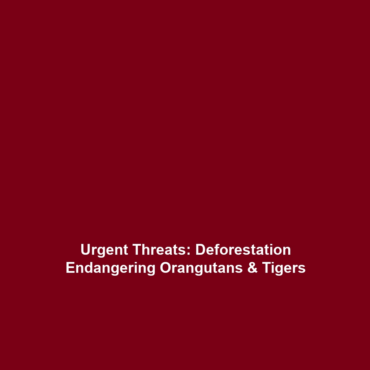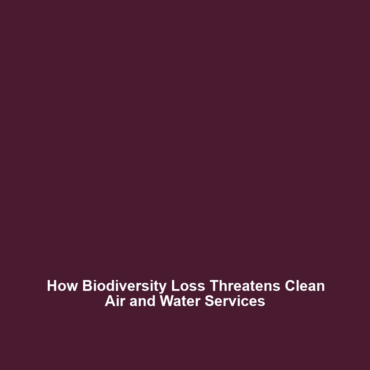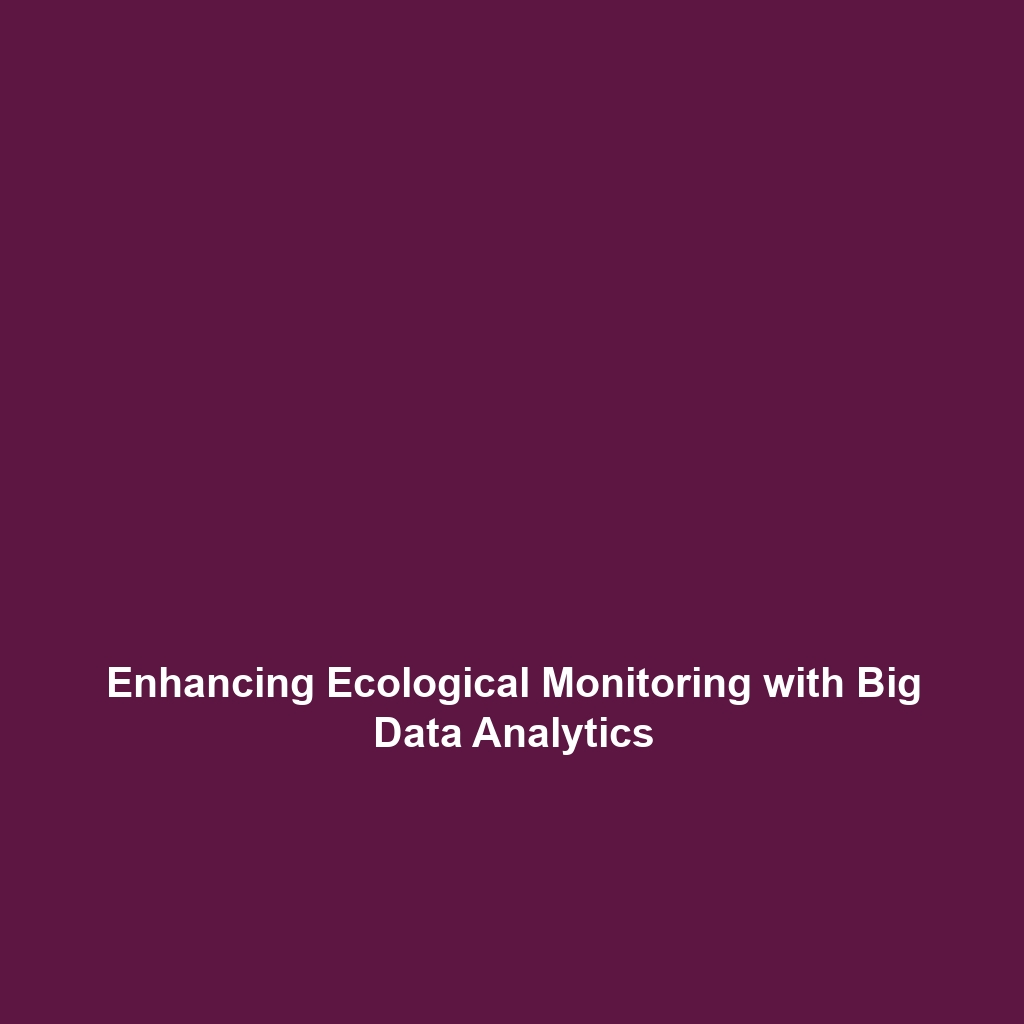Air Quality Monitoring: Tracking Pollution and Environmental Health with Drones
Introduction
Air quality monitoring has become increasingly critical in the age of industrialization and urbanization. As pollution levels rise, the need for accurate and efficient tracking systems has never been greater. This is where drones in science come into play, utilizing drone technology for air quality assessments allows researchers to gather data from hard-to-reach locations, enhancing our understanding of environmental health. By harnessing the power of drones for air quality monitoring, we can effectively track pollution and implement strategies that mitigate its adverse effects.
Key Concepts
Understanding air quality monitoring through drones involves several major concepts and principles:
- Remote Sensing: Drones equipped with sensors can capture real-time data about air pollutants, including particulate matter (PM2.5 and PM10), nitrogen dioxide (NO2), and ozone (O3).
- Geospatial Analysis: The gathered data can be combined with geographic information systems (GIS) to create comprehensive maps of pollution hotspots.
- Real-Time Data Transmission: Drones can transmit data instantaneously, allowing for rapid response to environmental hazards.
- Integration with IoT: Drones can be linked with IoT devices to provide continuous monitoring and alert systems for pollution levels.
Applications and Real-World Uses
The application of air quality monitoring using drones in science has transformed the way researchers and environmental agencies assess pollution levels. Some significant real-world applications include:
- Urban Air Quality Monitoring: Drones are deployed in cities to map air pollution levels, helping local governments address health risks.
- Disaster Response: In the aftermath of industrial accidents, drones are used to monitor emissions and assess public safety.
- Agricultural Monitoring: Farmers utilize drones to monitor air quality in relation to crop health and pesticide usage.
- Research Initiatives: Academic institutions employ drones to conduct environmental studies, contributing valuable data to climate change research.
Current Challenges
Despite the advancements in using drones for air quality monitoring, several challenges persist:
- Regulatory Issues: Navigating airspace regulations and obtaining necessary permissions can hinder operational effectiveness.
- Data Accuracy: Ensuring the accuracy of the data collected is essential, as environmental factors can influence readings.
- Battery Life: The limited flight time of drones may restrict the areas that can be effectively monitored.
- Technical Expertise: Operating drones and analyzing collected data requires specialized skills that may be scarce in some regions.
Future Research and Innovations
Looking ahead, the future of air quality monitoring with drones promises exciting innovations:
- Advanced Sensors: Development of more sensitive and specific sensors will enhance detection capabilities.
- Machine Learning Algorithms: Integrating AI can improve data analytics, making real-time monitoring more effective.
- Swarm Technology: Coordinated fleets of drones may cover larger areas, providing comprehensive pollution assessments.
- Improved Battery Technology: Advancements in battery life and drone design will extend operational capabilities.
Conclusion
In summary, air quality monitoring through drones in science is an evolving field that plays a crucial role in tracking pollution and enhancing environmental health. By leveraging drone technology, we can gather critical data that informs public health policies and environmental management strategies. As we move forward, continued research and innovation will be vital in overcoming current challenges and maximizing the potential of drones in air quality monitoring. For further reading on related topics, explore our articles on drone technologies and environmental science.







